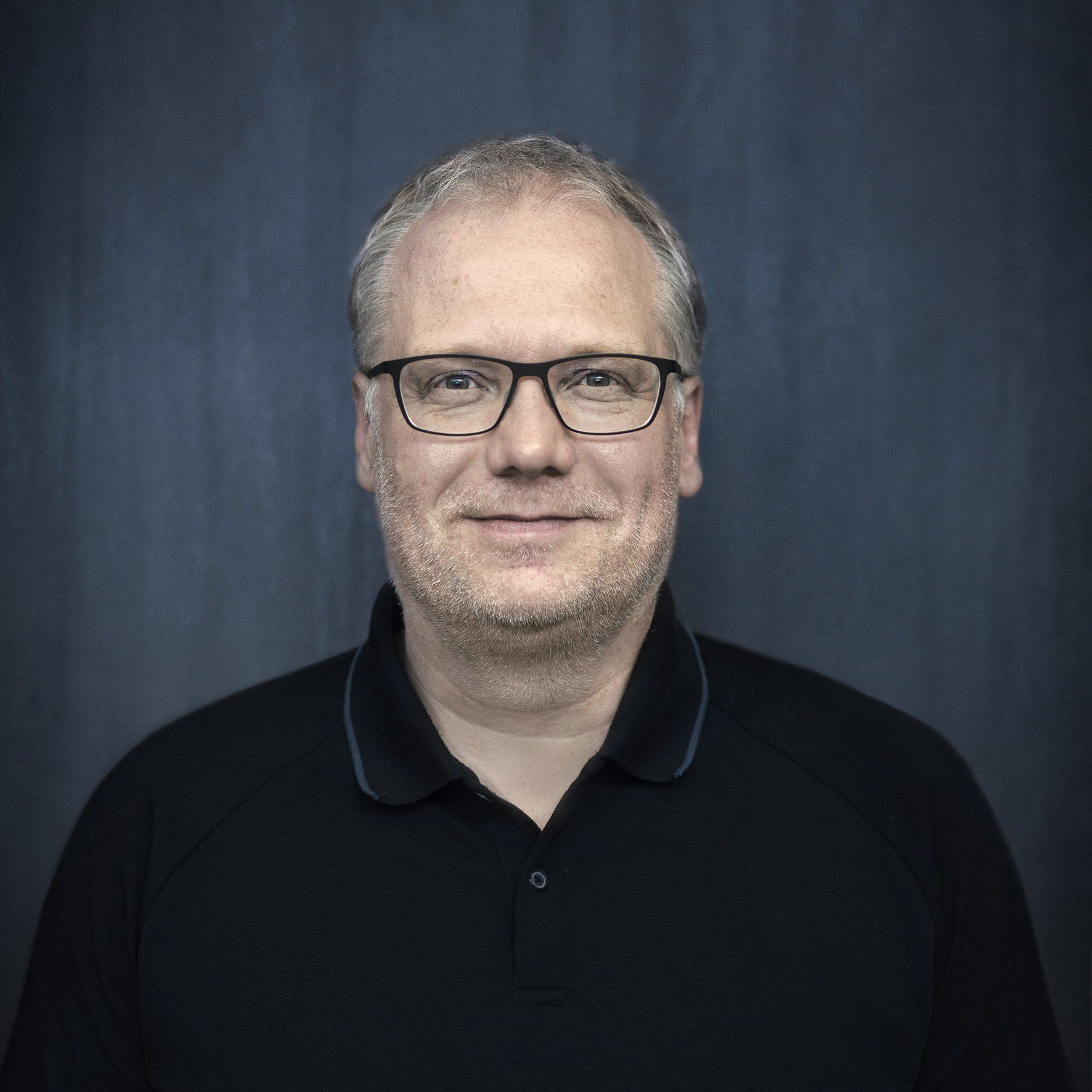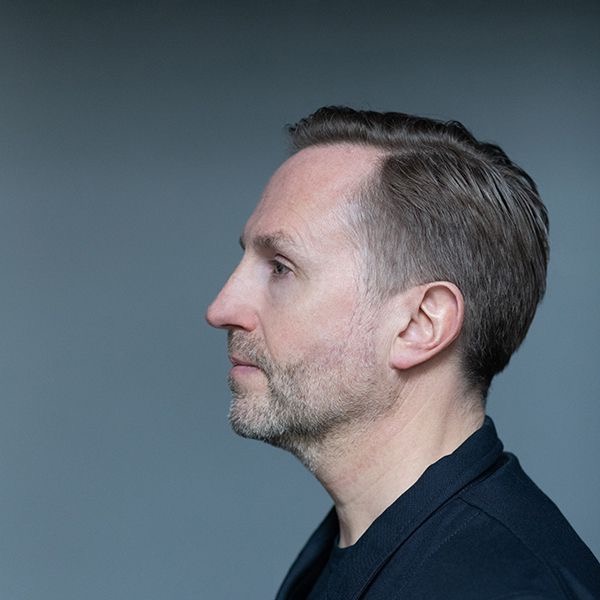What makes a great Creative Director?
For many designers making it to the coveted role of Creative Director at a reputable agency is viewed as a 'dream job', and the realisation of reaching the very top of the career ladder. The truth is, only a select few talented individuals actually achieve this accolade, and when they do many find it hard to successfully transition from Designer to Creative Director.
Unfortunately, the ultimate Creative Director user guide, addressing the infinite number of new soft and hard skills necessary to triumph in this challenging role, has yet to be written. Until it is, the BNO Creative Directors Forum has opened its own black book to ask a number of Creative Directors from leading studios for their advice and top tips on how to make it.
This episode: Stefan Pangratz, Creative Director of Mijksenaar.
About Stefan Pangratz
|
Currently Stefan is on a mission to truly connect people with spaces and places at Mijksenaar, wayfinding experts in Amsterdam. He’s Swiss born with Scandinavian roots and a Dutch heart. He’s called the Netherlands home for over 30 years where he has worked for Fashion brand Mexx, Dutch retail icon Hema, Leo Burnett and Branding and Design agency VBAT. He loves storytelling through design and is driven by a strong belief in design as a catalyst for change — to create meaning and to overcome various business challenges. Fluent in spatial design, brand and identity development, with a strong passion for architecture. |
.jpeg)
Tell us your own path from Designer to Creative Director.
"It’s a long story, but I think the path started quite early in my career when I had the opportunity to work with some very inspiring people, Creative Director Kamwah Chan at Mexx and Fred Kramer, Creative Director at Hema. They changed my perspective on design completely by emphasizing 'the bigger picture' in and of our work. Something I realized and appreciated only much later when working in larger teams as Art Director and Design Director.
After a couple of exciting years with great projects and international travel, I ran into the creative dilemma I think many creatives feel at some point of their career; how to grow further? Should I become an even better, more complete designer or choose a more strategic, managerial path or maybe it isn’t a choice at all?
Anyway, I followed a Master in Design Management, which gave me some great insights into the business side of design and its vast potential. Whether it is used as tool for innovation, product development, branding and identity, architecture or wayfinding, the possibilities seem endless. I realized that the potential of design when looking at it in this holistic way, and I’m quite sure it also prepared me to grow more naturally into a more leading role in design projects and as a Creative Director."
What was the hardest part of the transition from Designer to Creative Director?
"I would say the change of responsibility from design work to, quite frankly, everything. Which is of course not entirely true because a lot of it is also shared by the team, but it feels that way for the creative path of the company. And contrary to a design project or assignment, there is no beginning and no end, it is a kind of continuum which needs another mindset."
"There are probably thousands of ways to be a great Creative Director and there is for sure not a one-fits-all-formula for the job."
What specific qualities are essential to become a great Creative Director?
"There are probably thousands of ways to be a great Creative Director and there is for sure not a one-fits-all-formula for the job. It all depends on the setting of the company and design field it operates in. However, I think there are some universal qualities which are helpful:
empathy and the ability to connect with people
being a good communicator and able to establish a dialogue with people
the strong believe in design and creativity as a force for change
last but not least, an optimistic mindset and view on the future.
Tell us about some of the pros and cons of being a Creative Director
"On the very bright side is the ability to work together with people from very different backgrounds and cultures. At the moment I’ve the pleasure of working with graphic designers, industrial designers, architects and psychologists, all with their specific view and drive towards the work that brings us together. It’s quite fascinating. Furthermore, I think it is quite a privilege to work in a field that has the goal to simply 'create'. Of course, not everything is sunshine, but if I look at the bigger picture of things, it is very positive.
If I had to mention a few cons, probably the feeling of having too little time for everything, alongside with the realisation that one only has a limited span of control on how things work out."
In your view what are the primary responsibilities of the Creative Director in an agency setting?
"Setting the creative course of the agency and protect it, empower people to grow to become an even better version of themselves, synchronizing the creative and the business side of the agency, every single day."
Describe your management style.
"It’s always difficult to describe yourself. When listening to what people told me about that, I would say a combination of various things: visionary, calm and analytical, empowering people to make their own choices and asking the right question at the right time.
When joining my current position, a profile sketch described me as a diplomat. Not sure if that is a good thing for a Director, but it works for me."
How long did it take you to feel completely comfortable in your role?
"Not too long to be honest, I felt my previous roles and positions have prepared me quite well for the task and I had the possibility to practice along the way."
Did you ever suffer from what's known as 'imposter syndrome'? If so, how did you deal with this?
"Too early to tell but I do not think so. If anything, maybe the feeling that there is so much to learn out there."
"The creative vision is defining the point on the horizon the agency has to navigate towards, both creatively and as a business proposition."
What has been your biggest learning experience as a Creative Director?
"Probably the fact that you have to aim for the long haul and to take your time to understand profoundly what is going on before changing anything. In that sense, think long, but once you’ve decided, move fast.
I have to admit I’m still learning to really master this shift of speed. It is quite a challenge to find the right moment to accelerate."
Is it important to set and adhere to a creative vision for the agency?
"It is key! The creative vision is defining the point on the horizon the agency has to navigate towards, both creatively and as a business proposition.
If done well, it has the ability to empower everybody involved to move towards that goal as individuals, and even more important, as a collective."
Should a Creative Director be hands on or hands off?
"I strongly believe in the hands off, communication on method. In the long run it’s more important to enable others to create even better work than to try to make it yourself. However, there are exceptions and situations where it is beneficial to jump in and use your skills as a designer to create a new route or to show another path to solve a problem. But in these instances, I would rather see it as a dialogue without words then a hands-on approach."
What tips do you have for building and nurturing a healthy and vibrant creative culture within an agency?
"It is important to create a common creative goal for the agency. This of course can be very different from one agency to another, but in the current global environment, people in general and designers in particular are looking for a noble purpose in their work. Much more than in the past I feel. In my current position at Mijksenaar, it is the possibility to make a positive contribution in people’s lives through the interventions we create."
"It is important to create a common creative goal for the agency."
What tips do you have to continuously inspire creative teams?
"Being pushed into the remote way of working by the current pandemic, that question became quite a topic but has been picked up by the designers I work with quite well! In my experience it can be either stimulated from the agency side, or organized by the creative teams themselves, which most of the time turns out to be more exciting. A good example of what the agency can do is to stimulate creative exchange sessions with inspiring professionals from other fields of design (which was very well done at VBAT by the way)."
How do you maintain your own creativity to ensure you remain on top of your game?
"Mainly by talking to people, reading and by following a broad range of sources online. I also think it is important to find some interests which are not related directly to design or your own business. Creativity in my view is the ability to create connections between different topics and worlds."
How do you create a balance between giving your team creative space while maintaining overall responsibility for the creative output?
"A shared creative vision provides some kind of unspoken guidance but of course day to day business proves to be quite sticky sometimes. The balance between creative freedom and responsibility is not something which is measured on a day-to-day base. It has to work on the long run."
In your opinion what is the best way to give feedback on creative work?
"I see the design process as a dialogue between people. Every time you have a discussion about a piece of design or an early conceptual thought, the direction is sharpened and sometimes even changed. To tell people what to do never works, not in short term and definitely not in the long run. The best way of giving feedback in my experience is to show possibilities and openings and most important to ask the right questions at the right time."
How do you defend creative ideas to stop bad things happening to the work?
"Have a clear and compelling story. Think ahead, be clear about the business side of the solution and combine it with the creative design solution. It is not about the work; it is all about the purpose it has to achieve. And last but not least, make it beautiful!"
What has been your biggest success as a Creative Director?
"I think it still has to come! But looking back, together with my colleagues through time, I have been able to work with some of the most iconic Dutch brands and companies to shape their future for a tiny little bit… by design. How cool is that."
What was the best piece of advice ever given to you as a Creative Director?
"It’s not about you."
And finally, what advice would you give to anyone who has recently been promoted to the role of Creative Director?
"Be nice, do good, enjoy."

About Graham Sturt
A passionate advocate of Dutch design, he hosts an ongoing series of interviews with some of the countries greatest designers called 'Dutch Design Heroes'.